Technology and business needs are constantly evolving. Data centers, too, are pivoting towards future needs. The rise of cloud computing and other digital technologies has also made data centers more viable and necessary. A data center is a system of networked computers, storage systems, and computing infrastructure. There are differences in the way these are configured, located, and accessed basis different business requirements.
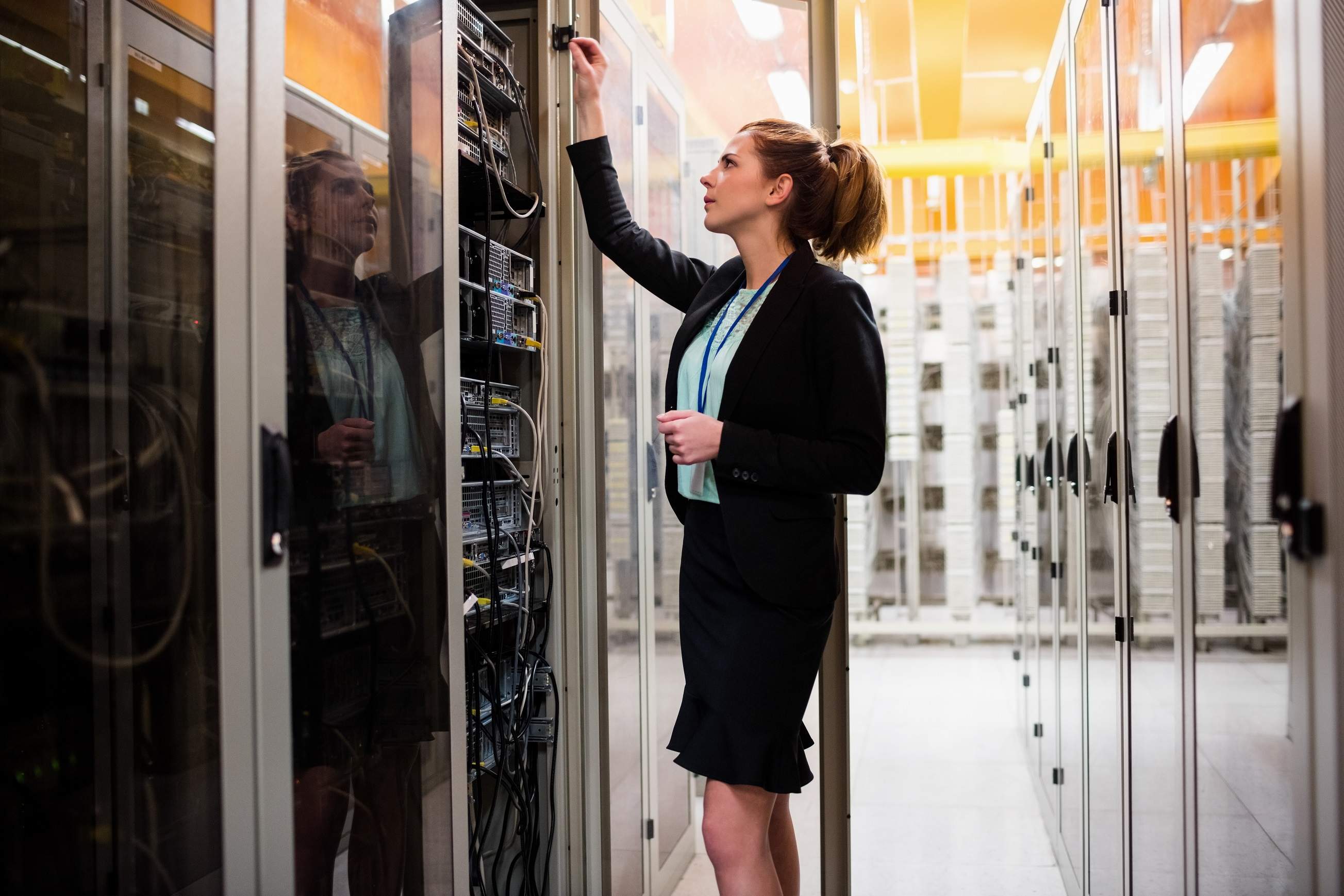
Chief Information Officers and IT heads know that modern businesses need to handle large amounts of data. Data centers are vital for this. This system of networked computer servers enables companies to optimize storage, processing, and the dissemination of information.
The rise of cloud computing has made data centers more viable and necessary. According to a report in Statista, there are over 7 million data centers worldwide. These lend themselves to a wide variety of uses. Some of the most important are:
- Email, file sharing, and other production needs.
- Effective use of Customer Relationship Management and databases.
- Applications of Big Data, Artificial Intelligence, and machine learning.
Not all data centers are the same. They differ in terms of storage, computing resources, networks and applications. In this piece, we’ll dive into types of data centers, their components and functions, and what the future holds.
Types of Data Center
A data center is a system of networked computers, storage systems, and computing infrastructure. There are differences in the way these are configured, located, and accessed.
Here are four different types of data centers:
Enterprise Data Centers:
Enterprise data centers are maintained on-site. They are housed on company premises. They can be more expensive to run and upgrade. However, companies with specialized privacy and security needs often opt for such a data center.
Colocation Data Centers:
These are facilities that rent space to businesses for their servers and network equipment. The facility takes care of shared needs such as uninterrupted power supply, backups and security. Colocation data centers are cost-efficient and can offer scalability.
Managed Service Data Centers:
In this scenario, a third-party manages and monitors a company’s data center. In such cases, the third party maintains all the hardware and other essentials for maintenance and backup.
Cloud Data Centers:
In a cloud data center, businesses access data center resources over the Internet through a cloud service provider. The data center does not have a physical presence. The company data and applications are stored and accessed remotely. Many businesses prefer this model because of the advantages of cost, scalability, and accessibility. Digital consultants and service providers reduce data center migration challenges.
A new type of data center that is poised to play a big role is the edge data center. Here, data and computing resources are hosted closer to the end-user. Companies choose these when speed and low latency are important considerations. Increasingly, these are critical factors.
Components of Data Center
As we’ve seen, the functions of a data center include the storage of data, the means of aggregation, and the ways to access it. These functions are sometimes referred to as the three layers of a data center.
For the layers to work seamlessly, the data center needs to use certain key components. These data center components can also be grouped under three heads:
- Equipment and storage facilities
- Infrastructure and connectivity facilities
- Security and protection facilities
Here is a list of components of a data center to make the above possible.
- Servers: Hardware for the data center storage.
- Racks: Structures to contain the equipment.
- Network Connectivity Infrastructure: for processes, applications, and services, such as routers and switches.
- Security measures and appliances: These cover a range of systems, from monitored building access to firewalls and software that block intrusions and hacks.
- A system for automated backups.
- Fire protection and cooling systems.
- Systems to maintain uninterrupted power supply for data center facilities.
With cloud data centers, the provider offers distributed remote servers and software networks. This allows for centralized data storage and online access.
Purpose of Data Centers
We’ve already touched upon the essential role of data centers for a modern enterprise. Let’s explore the key requirements of a data center and the vital part it plays in helping companies reach business goals.
A big shift in the way business is conducted nowadays is to do with the use of digital data. Data center operations enable the storage and analysis of huge amounts of such data. This enables companies to understand the environment, their consumers, and the competition. In this way, they stay a step ahead.
With pandemic safety measures, remote working and virtual collaboration have become even more important. Here, too, a data center can enable seamless networking and share data without hiccups.
Data center best practices also ensure that data is kept confidential, safe, and accessible. In particular, cloud service providers reduce many headaches to do with privacy and always-on operations.
These are essential considerations for all business sectors, including hospitality, digital startups, e-commerce, B2B and much more.
The Future of Data Centers
Technology and business needs are constantly evolving. Data centers, too, are pivoting towards future needs. Here are some of the key trends.
Big Data and AI:
The increasing use of Artificial Intelligence and machine learning in data centers enables several exciting possibilities. These processes make the data center server more intuitive and streamlined. It also enables them to provide new means of deploying Big Data for best results.
Sustainability:
Data centers consume large amounts of energy for processing and cooling. New technologies and efficient storage systems aim to reduce this. Data center environmental standards also include liquid and passive methods of cooling. These result in data centers that are sustainable and not environmentally destructive.
Hyperscale:
Data center technologies are being enhanced with digital growth and acceleration. Cutting-edge services and facilities can handle even larger amounts of data. Converged infrastructure and other data center optimization strategies are some ways of doing this.
At Nxtra, we design, build and operate a large network of data centers, from hyperscale to core to edge. We meet the needs of today’s companies across verticals. To create a strategic digital roadmap and transform the way you do business, contact us today.
Nxtra by Airtel, a subsidiary of Bharti Airtel Limited, offers
largest network of secure, scalable, and sustainable data centers
in India to leading enterprises, hyperscalers, start-ups, SMEs
and governments.
Follow us on :

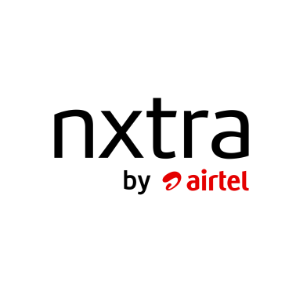

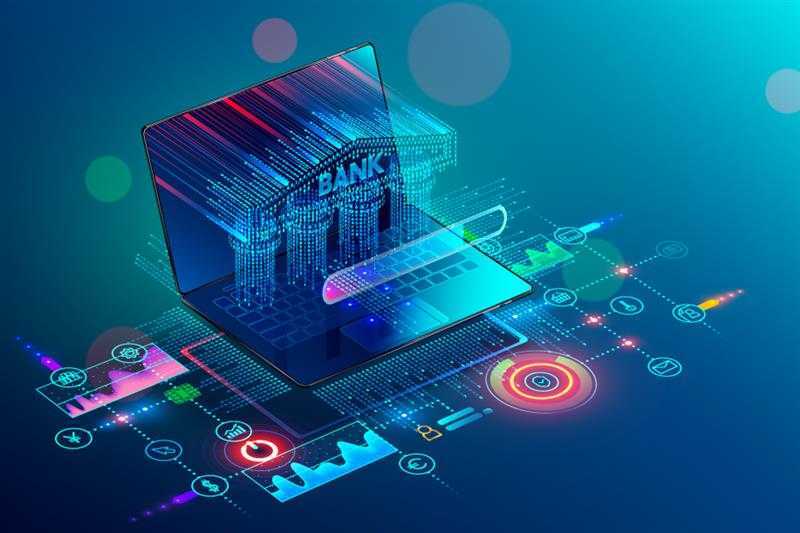
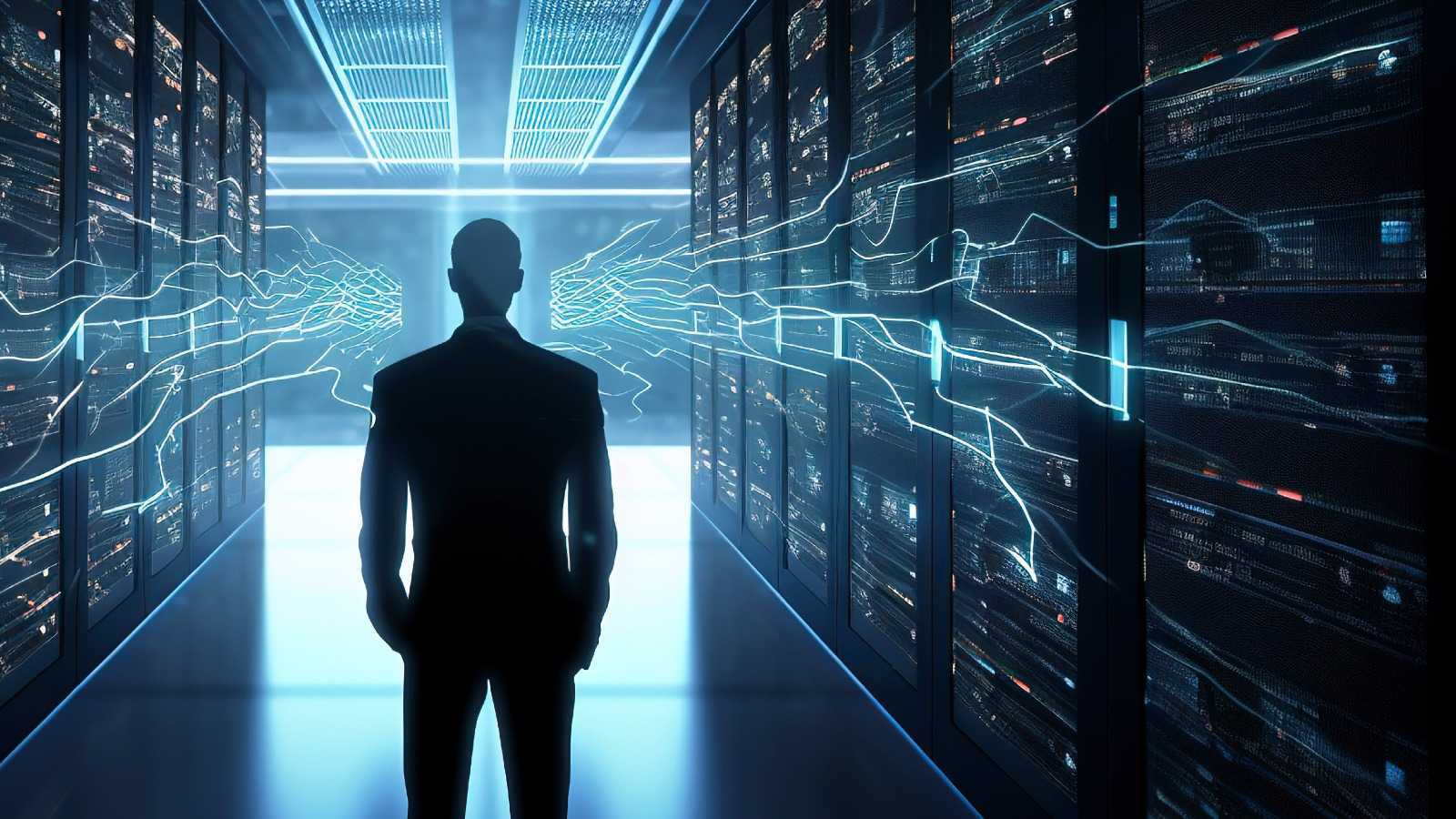
_1724410758.jpg)
